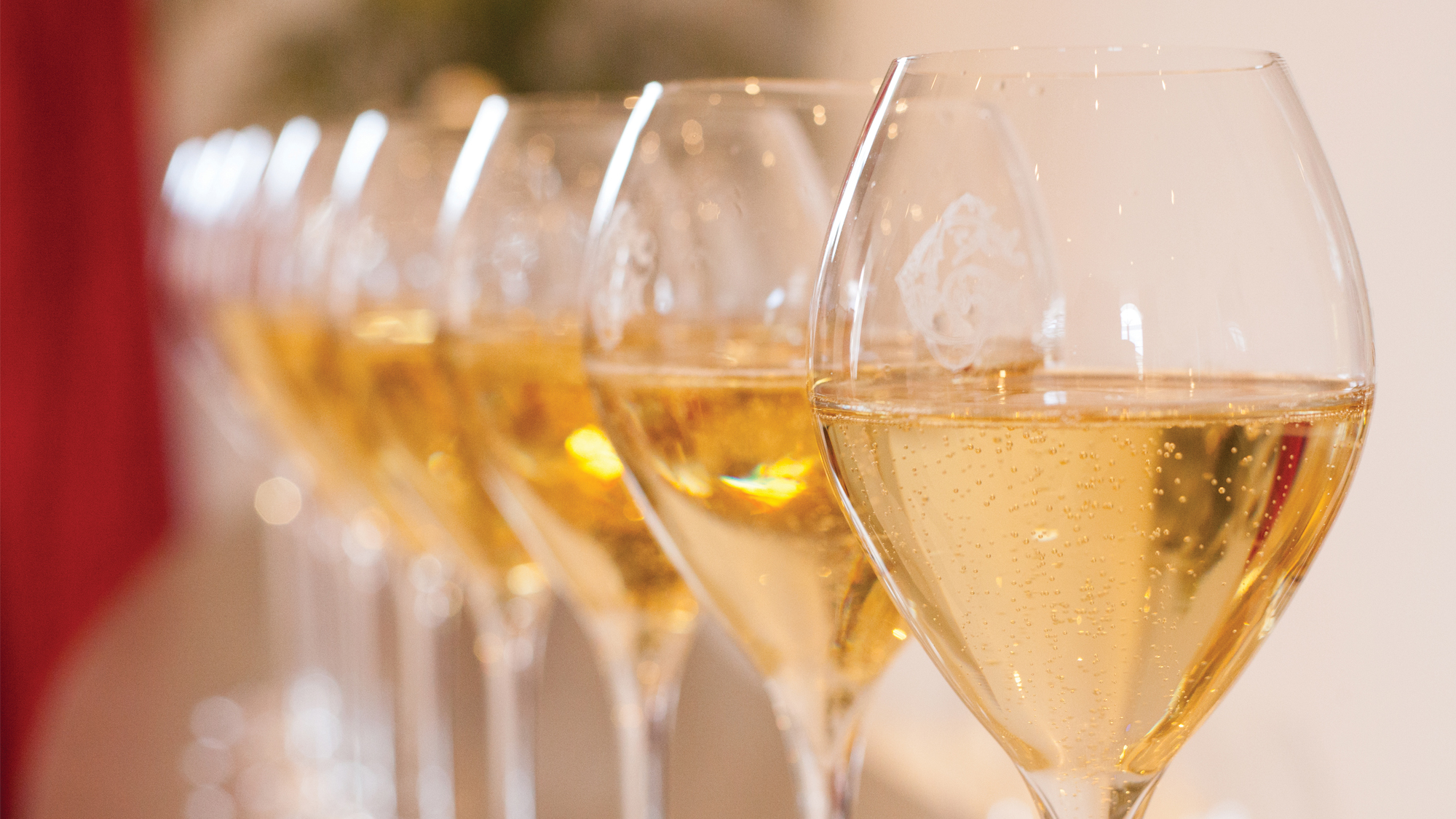Champagne Gosset
Champagne, France





Founded in Aÿ in 1584 by Pierre Gosset, Champagne Gosset is the oldest wine house in Champagne. Champagne Gosset produces dynamic, textured cuvées that reflect their sourcing, primarily grand cru and premier cru vineyards. By following a winemaking philosophy that minimizes inputs beyond what the grapes provide (e.g. no malolactic fermentation), the winery continues a family legacy of excellence begun in 1584.
Winery Story10 Results
Champagne
Grande Réserve Brut NV
Champagne
Grand Rosé Brut NV
Champagne
Grand Blanc de Blancs Brut NV
Champagne
Grand Millésime Brut
Champagne
12 Ans de Cave á Minima Rosé
21 Ans de Cave a Minima Extra Brut NV
Champagne
CELEBRIS Extra Brut
Champagne
CELEBRIS Brut
Champagne
CELEBRIS Rosé Brut
Champagne
CELEBRIS Blanc de Blancs









